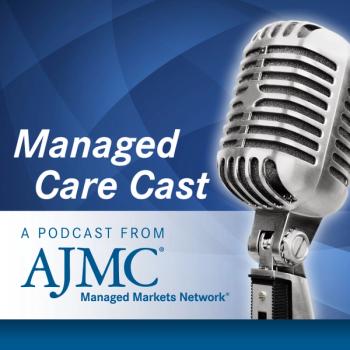
COVID-19 Exposes Cracks in Paid Sick Leave Policies
The president signed into law Wednesday the temporary Family First Coronavirus Response Act, which provides short-term paid sick leave benefits and longer-term paid family leave for some workers affected by the virus. However, it is not universal and provides for various exclusions.
The spreading COVID-19 pandemic is laying bare the public health consequences that the lack of national standards on paid family or sick leave is having on US society.
As a recent
And even as President Donald Trump signed into law Wednesday the temporary
Some exclusions are healthcare workers and emergency responders, as well as workers employed by a business with fewer than 50 employees.
According to
The law’s provisions would begin April 2 and are not retroactive; they expire December 31, 2020. Under the act, paid leave applies to workers who are unable to work because their child’s school or daycare has closed; the maximum is up to $10,000 for up to 12 weeks after 10 day waiting period. The law also applies to only to employees of private businesses with fewer than 500 employees; it assumes that larger businesses has policies in place for their workers.
In addition, the law requires employers to provide up to 2 weeks of fully paid sick leave for immediate use to workers unable to work due to their own quarantine or symptoms of the novel coronavirus.
According to the Bureau of Labor Statistics, almost 73% of workers in private industry have some amount of paid sick leave; the majority of state and local government workers have paid sick leave. However, Kaiser has noted that does not mean that such policies exist or are sufficient, or that disparities do not exist.
There is wide variation in paid sick leave in private industry. Rates of paid sick leave are higher as wages rise. About 47% of workers in the lowest wage quartile have paid sick leave, compared with 90% in the highest quartile.
Among workers who have paid sick leave, the average duration is 7 days; about 25% have fewer than 5 days.
The brief notes that lack of paid leave exacts a heavy burden on mothers, who more often than not are the primary caregiver for children as well as aging parents. They are more likely to leave work to take care of their families and are also more likely to have the least amount of sick leave, since they are more likely than men to have part-time jobs.
In addition, the industries most affected by the coronavirus crisis—leisure and hospitality as well as accommodation and food services—are also the least likely to have paid sick leave.
Nationally, only unpaid leave is required, under the Federal Family and Medical Leave Act, and only for eligible employers. A minority of states have enacted a patchwork of their own paid family leave, sick time, and paid time off policies; 11 states plus Washington, DC, and some cities and counties have paid time off laws for sick leave or family leave.
Meanwhile, the CDC this week noted that
Another 17% are aged 55 to 64, meaning that 55% of those hospitalized with COVID-19 in the period between February 12 and March 16 were under age 65.
Newsletter
Stay ahead of policy, cost, and value—subscribe to AJMC for expert insights at the intersection of clinical care and health economics.















































